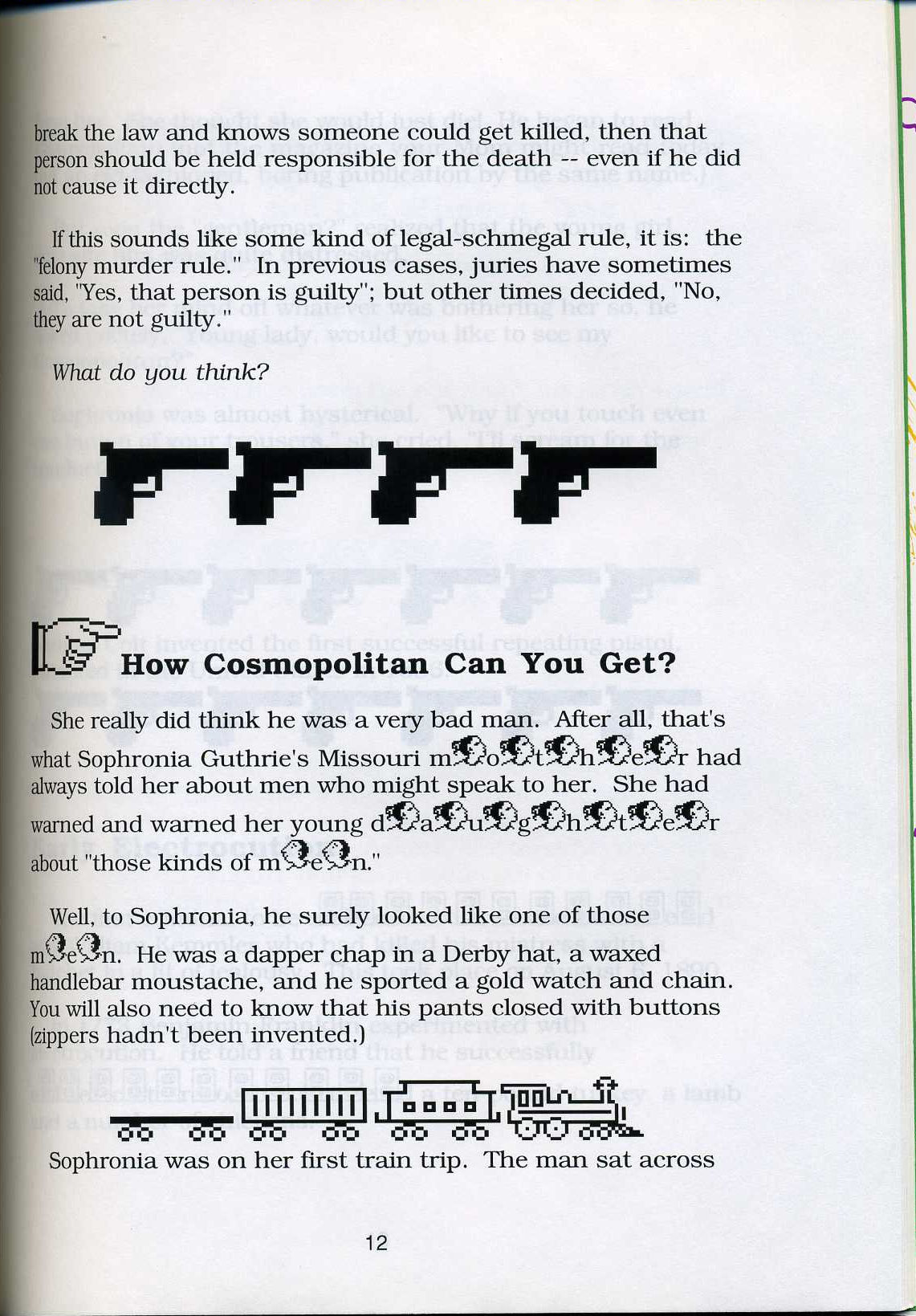This is a 2009 (!) entry in the Executioner series. I’ve skipped quite a few since I’ve gotten away from the original Don Pendleton ones, hey? I’m actually surprised to see they’re still writing them.
In this outing, Mack Bolan joins up with a band of assassins called the Black Cross to destroy them from within. Apparently, they’ve been commissioned to take out some government types who are looking into a defense project gone bad. Good on the author of this book: he or she managed to make the ultimate bad guy a member of the government. How modern.
It’s kind of strange the time-warping going on: the first guy killed by the Black Cross is a retiree of the government and a veteran of the Gulf War. Granted, Gulf War veterans aren’t getting that old yet, but you have to remember Mack Bolan is a Vietnam veteran. One of the Black Cross is a sixty-something martial arts expert, and the book says she’s three times Bolan’s age. Uh.
Yeah. So the book again isn’t one of Pendletons. It’s not one of the worst in the series, either, from what I have seen in my limited reading. However, everyone uses a different exotic gun, which the author gives in appropriate names and numbers, but there seems to be a basic misunderstanding about them. The word clip appears throughout instead of magazine, although the correct word crops up from time to time. Other times, the book talks about big guns chambered in .223. Uh. Right.
Additionally, the characters in the book, experts all, do some strange tactical things. One throws a knife from a distance and pins a good guy to the asphalt through his thigh, while under fire, and then she decides to use the grenades. Or when Mack Bolan is fighting his grandmother (who, if he is a Vietnam veteran, is actually closer to his age than 3x), he’s wearing a gun in a holster but doesn’t want to waste the couple of precious seconds it would take to get it out. Until, of course, the martial arts expert knocks him around for a while and then it’s time to take the risk of drawing the firearm.
If you can get around those sorts of suspensions of gaffes, as I could in this book because its pacing is brisk enough, you can enjoy this book for what it is: an adult comic book in prose. Why, the back pages even still have a form you can fill out to subscribe and get 6 new novels of this caliber (.223) every two months. Man, strangely, I was tempted. At one point in my youth, being in Gold Eagle’s stable of writers and cranking out one or two books like this every month would have been a dream job for me.
The worst thing about the book: In the end pages, again, a teaser for another book in another Gold Eagle line, Rogue Angel: The Spirit Banner:
The archeological find of the century… or a con?
When a long-sought-after map to Genghis Khan’s tomb is located, not everyone is convinced it’s authentic–archeologist Annja Creed among them. Despite her skepticism, Annja suddenly finds herself pulled along an increasingly complex trail of clues, each more remote than the last. Soon it appears that the only tomb Annja may find is her own!
Dammit! Last year when I was reading the magazine article and book on Genghis Khan, I wanted to write a book about the search for Genghis Khan’s missing spirit banner.
Those cursed fellows at Gold Eagle are like an infinite number of monkeys with an infinite number of typewriters with an infinite number of history books. Any quick thriller plot you can think of, they have published already.
At any rate, this was the last of the Executioner novels on my to-read shelves. Until I got my birthday present, which my four-year-old called “Gun Books” after returning from birthday present shopping with Mommy: 47 Executioner paperbacks from early in the series. I hope you like the reviews as much as I like the books, because the future will hold many more of them. Also, I don’t need six new ones every two months now.
Books mentioned in this review:



